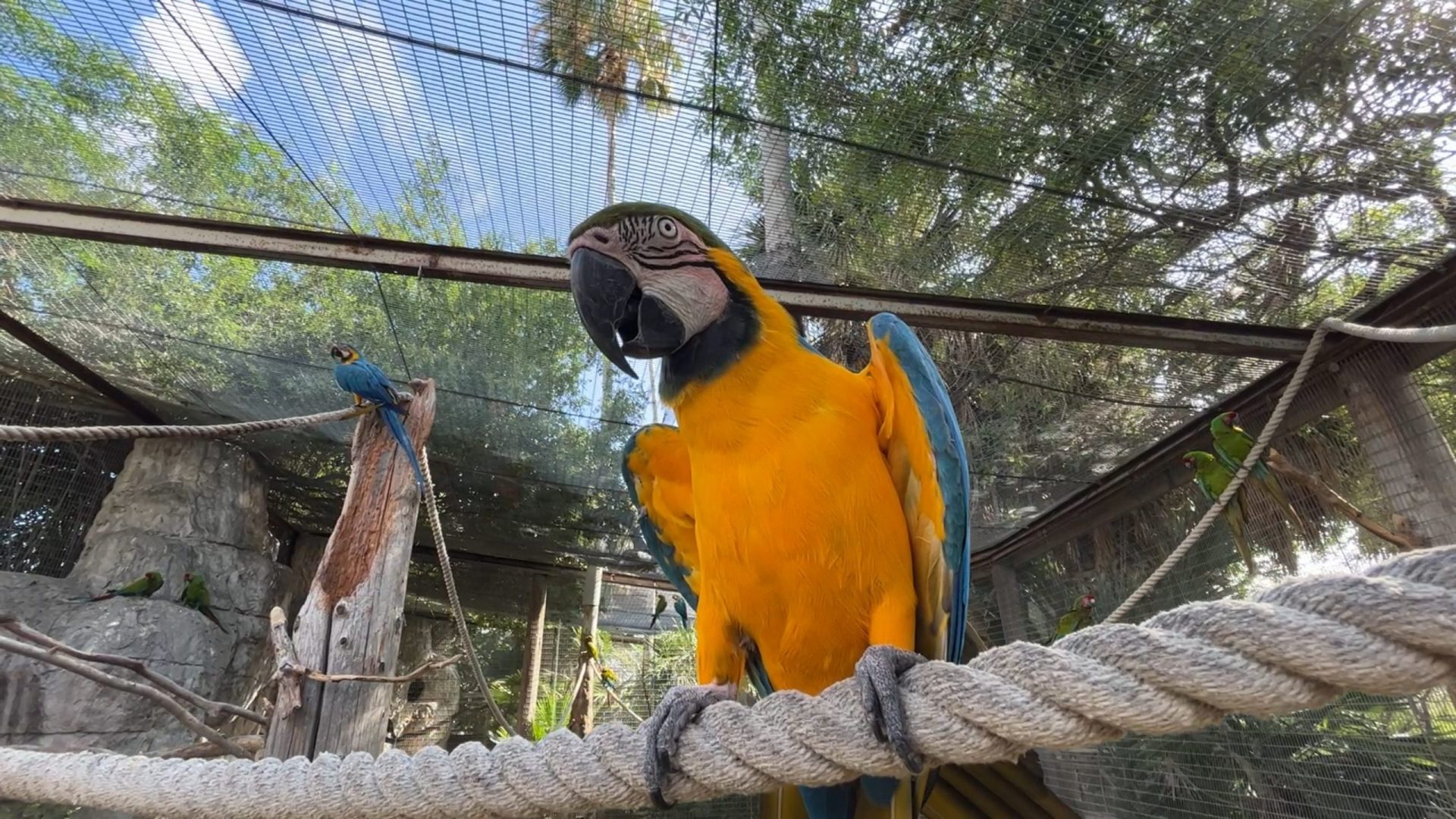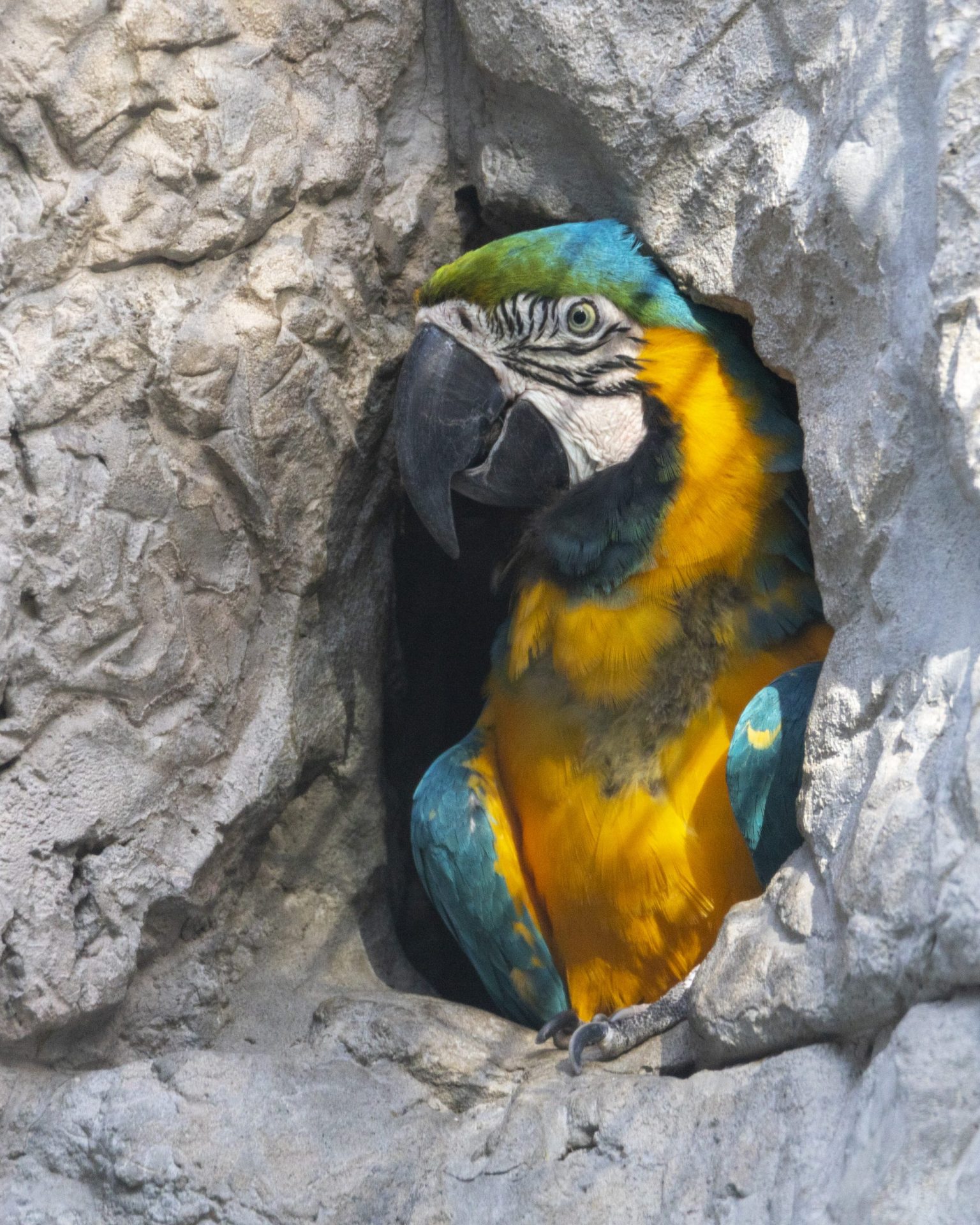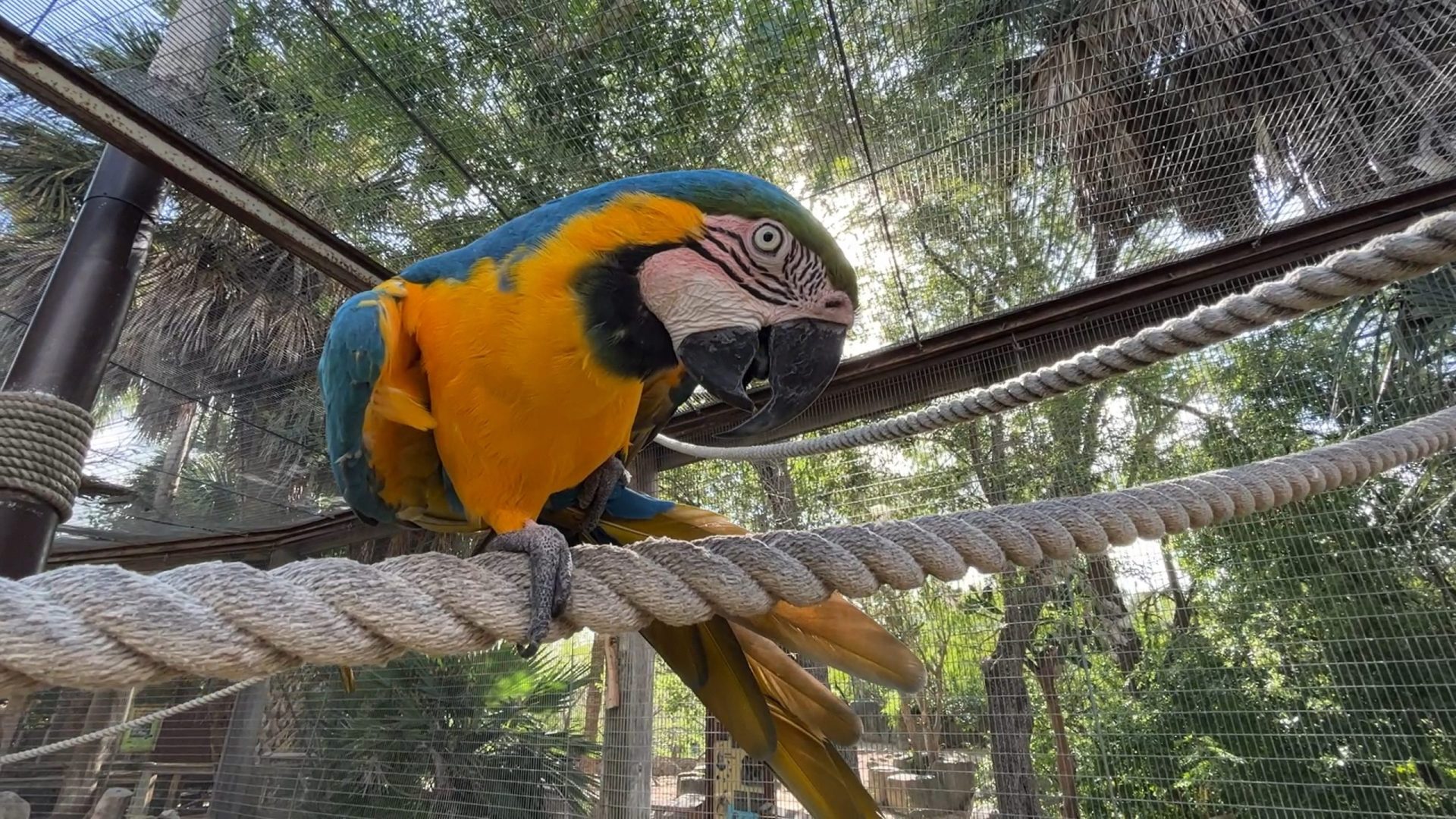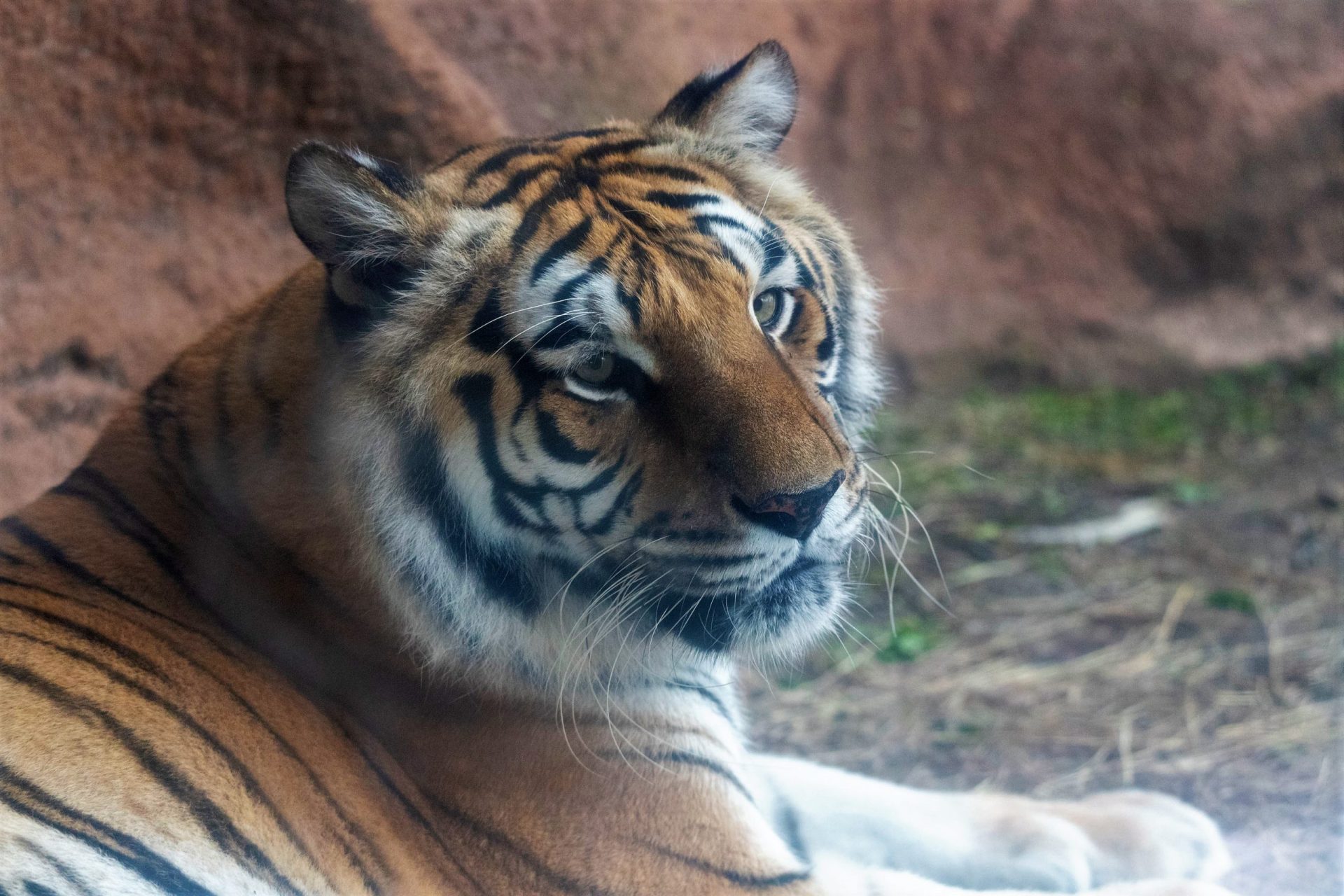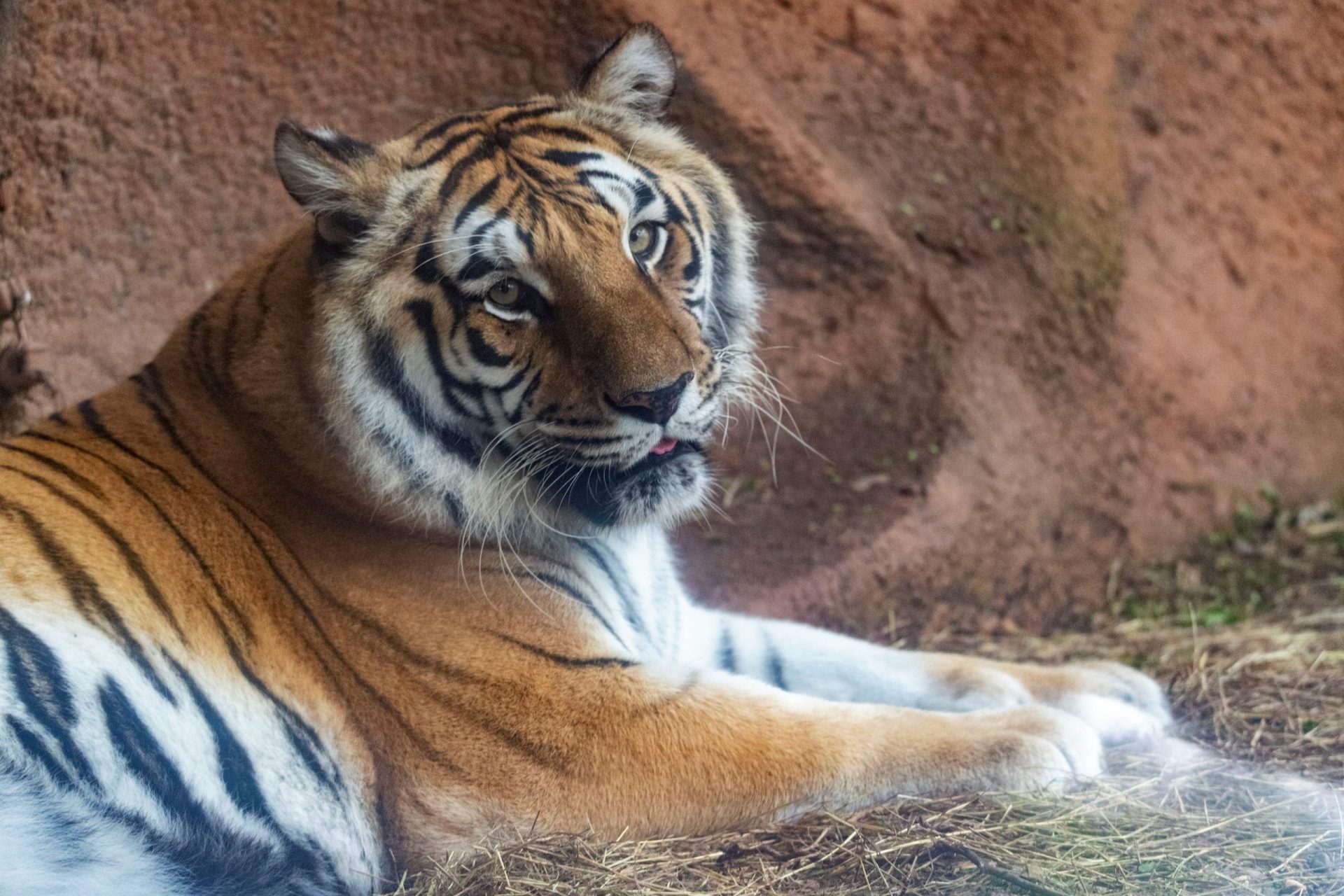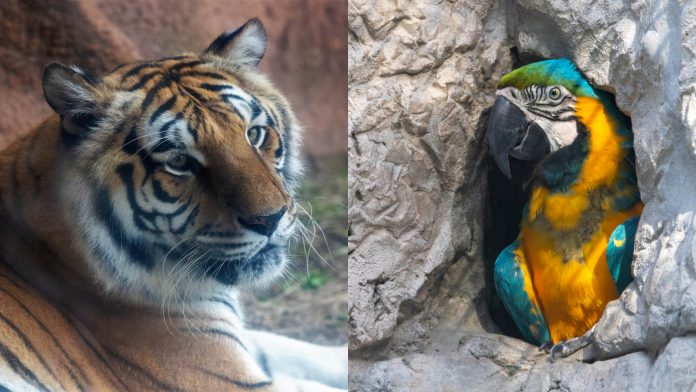
Dr. Pat Burchfield, executive director at Gladys Porter Zoo, said on Thursday that wildlife trafficking is the third biggest smuggling commodity, adding that zoos often struggle when federal agencies leave seized animals in their care due to the cost of care.
Burchfield also clarified that animals are often raised and purchased legally in the United States but people break the law when they attempt to smuggle the animals into other countries without the proper documentation or license.
“I think people don’t understand the fact that wildlife trafficking is the third-largest illegal commodity out there behind drugs and arms,” Burchfield said. “It can be up to a $27 billion a year business.”
Earlier in August, three men were arrested at the Hidalgo Port of Entry for attempting to smuggle several exotic animals into Mexico despite not having the proper permits or license to do so.
They’re now facing 10 years in prison.
“There’s a thing called the Lacey Act,” Burchfield said. “If you break the law or the wildlife law of any state or any foreign state, you’ve automatically violated U.S. federal law. So, if that animal is protected or prohibited in the country it’s going into and you don’t have a permit, you’re in trouble.”
According to Burchfield, parrots are some of the most commonly smuggled animals and due to their popularity, a lot of the parrot species have become endangered.
Gladys Porter Zoo has blue and gold macaws that were being smuggled into Mexico before being confiscated.
The birds were going to be killed after being seized because they tested positive for psittacosis, an infectious disease that spreads to humans from birds in the parrot family, but the Gladys Porter Zoo managed to intervene and save the birds, allowing them to heal.
Burchfield says wildlife trafficking is a global problem and said areas that are known to be huge distribution hubs where only a small percent of the merchandise is inspected by customs, such as Anchorage, San Francisco and El Paso, receive the most confiscated animals.
Burchfield used Hong Kong as an example of one of these major hubs where Southeast Asian animals get exported from because they receive 60,000 containers a day from all over the world and only 1% of them are inspected, according to the doctor.
Smugglers take advantage of the sheer volume of merchandise being moved through these hubs in order to get away with their crimes.
“So, there’s plenty of opportunity and the motive is money, just plain and simple,” Burchfield said. “Whether they turn around and use that money for buying guns or more drug production [it’s] hard to say.”
Gladys Porter Zoo often receives animals seized by federal agencies because they’re often the only facility equipped to handle and care for the animals properly in South Texas, which can become an issue for the zoo as they put a strain on their budget.
Burchfield says that the animals become part of the case as evidence for a trial which means the facility needs to take care of them for as long as the federal agencies need them to, despite the lack of funds.
“It’s always an issue because it’s animals you weren’t budgeted to feed and take care of [with] additional personnel,” Burchfield said.
The doctor says the Association of Zoos and Aquariums are working with the U.S. Fish and Wildlife Service to try and establish some funding levels to help different zoos recoup their losses from holding these animals.
The plans to establish these potential reimbursements for facilities aiding government agencies that hold smuggled animals are currently ongoing.

